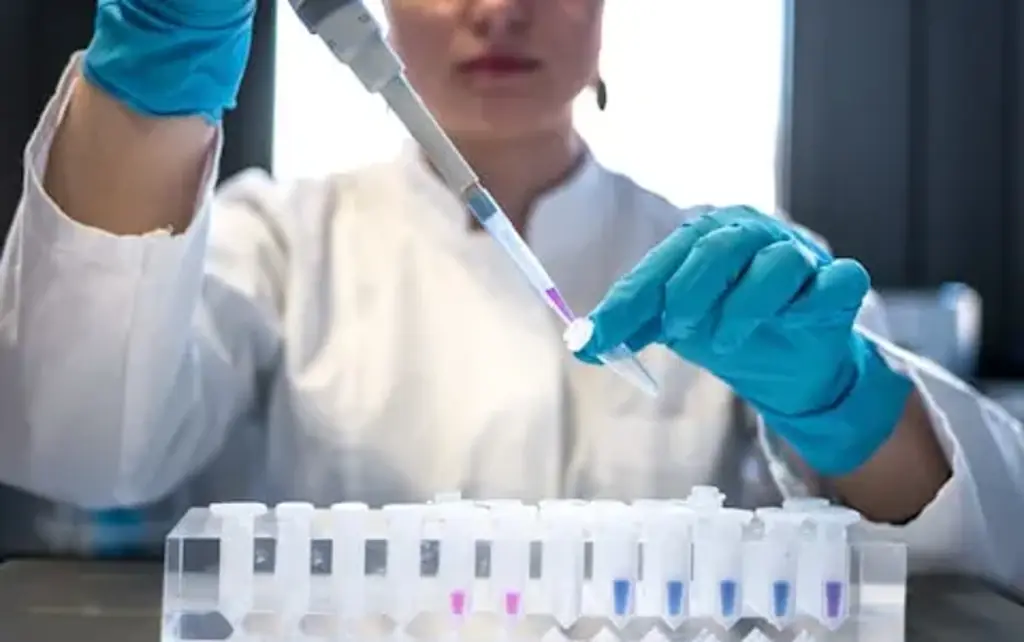
The cause of death of a 9-year-old girl who tragically passed away following a dental procedure has been revealed.

Silvanna Moreno, a healthy third grader from San Diego, unexpectedly died on March 18 just hours after undergoing a dental procedure at Dreamtime Dentistry in Vista, California.
The cause - according to an autopsy report from the San Diego County Medical Examiner’s Office - was a rare but serious reaction to anesthesia known as methemoglobinemia, brought on in the setting of recent nitrous oxide administration.
The child’s death has been ruled accidental, but new details continue to raise questions about her final hours and the protocols followed by the dental team responsible for her care, PEOPLE reports.
What Is Methemoglobinemia?
Methemoglobinemia is a rare blood disorder that limits the ability of red blood cells to carry oxygen, leading to potentially fatal outcomes. Symptoms often include bluish skin, lips, or fingernails. According to the Cleveland Clinic, while the condition can be inherited, it is usually acquired through exposure to certain medications, chemicals, or recreational drugs.
Dr. Ryan Watkins, the anesthesiologist and treating dentist at Dreamtime Dentistry, confirmed the condition can be triggered by nitrous oxide, or "laughing gas," which was administered during the three-hour dental procedure.
A Routine Procedure Turns Fatal
Silvanna was referred to Dreamtime Dentistry due to her age and “acute situational anxiety,” according to Dr. Watkins. The planned treatment included a root canal on a molar, restoration with a crown, and the extraction of decayed baby and permanent teeth. One permanent tooth also required a crown.
The night before the operation, Silvanna had a 101-degree fever and was given Children’s Tylenol, per NBC News. Her mother reported that her symptoms resolved.
On the morning of the procedure, Silvanna complained of a headache but did not appear distressed, the medical examiner's report stated.

Despite the fever history, Dreamtime Dentistry stated they were “not aware of a fever nor any illness.” The office claimed Silvanna’s mother marked “NO” on a pre-operative form asking if the child was sick.
“All medications were administered according to manufacturer guidelines based on Silvanna's age and weight,” Dr. Watkins said in a statement obtained by PEOPLE. “She never exhibited warning signs of methemoglobinemia,” he added, noting that continuous oxygen monitoring showed no abnormalities.
Final Moments: “Out of It” and “Mumbling”
Silvanna was monitored in recovery until she was described as awake with “stable vital signs,” according to Watkins. She was evaluated for oxygenation, consciousness, pain, nausea, vomiting, and mobility before being discharged in a wheelchair. Although reportedly able to stand, she needed assistance into her family's car.
On the ride home, she fell asleep and began snoring loudly.
At home, she remained asleep for an hour and a half, with her snoring gradually quieting and slowing, the autopsy report noted. Family members, concerned, used a blood pressure cuff after finding her unresponsive.
They called 911 at 4:46PM. A dispatcher instructed them to move her to the floor and begin chest compressions. Emergency personnel transported her to Rady Children’s Hospital while continuing lifesaving efforts.
Despite ongoing CPR, oxygen, intubation, and medication, doctors found no cardiac activity.
She was pronounced dead at 5:44PM
Medications and Contributing Factors
The medical examiner identified additional contributing medications including dexamethasone, glycopyrrolate, hydromorphone, isoflurane, ketorolac, midazolam, ondansetron, propofol, and sevoflurane — all standard drugs used in pediatric dental anesthesia.

“Any interactions or negative side effects were not due to dosage but instead due to her rare but undiagnosed/undetected medical condition,” Dreamtime Dentistry stated.
While the procedure itself was completed without incident, Watkins emphasized that had there been any observable signs of the disorder — like refractory hypoxemia — the procedure would have been halted and emergency care provided immediately.
A Tragic History and Renewed Scrutiny
Silvanna’s death is not the first time Watkins’ anesthesia practices have come under scrutiny.
In 2016, he was investigated by the Dental Board of California after a 54-year-old patient nearly died under his care due to a drug interaction during anesthesia. That patient went into cardiac arrest, and investigators determined that one of the drugs administered should never have been used. Watkins was placed on probation from 2020 to 2023 and later settled a lawsuit filed by the patient.
In response to Silvanna’s death, Dreamtime Dentistry says it is conducting a “thorough internal review” and consulting with national experts to enhance patient safety. “We are profoundly saddened by the tragic loss of Silvanna Moreno, and our hearts continue to go out to her family during this incredibly difficult time,” Watkins said.
He added, “We extend our deepest condolences to Silvanna's family and ask for continued respect for their privacy during this time of grief.”
Our thoughts go out to Silvanna's family and loved ones at this time.















